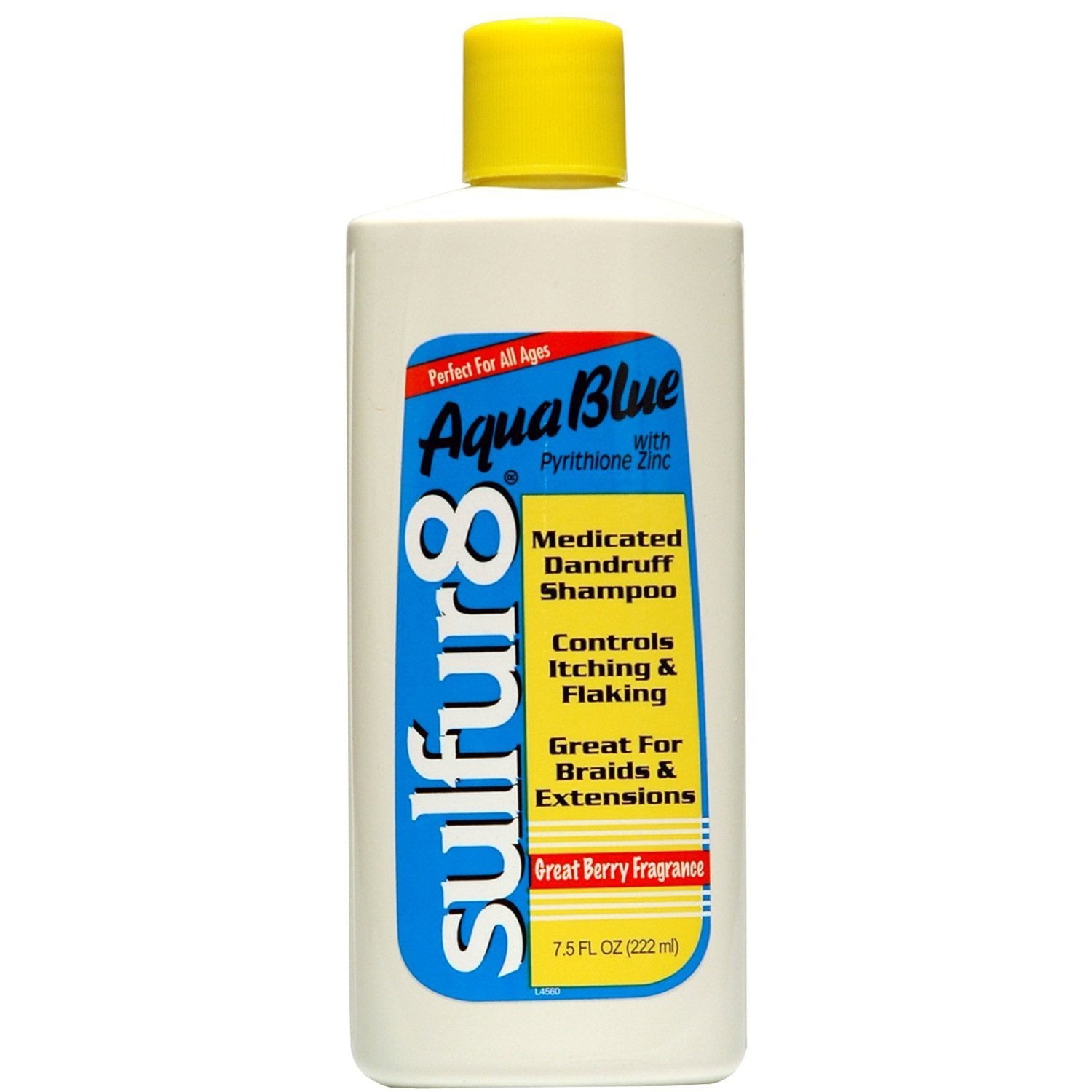

This is because moisture and oxygen convert nitric oxide into nitric and nitrous acids. In humans, NO x is a skin, eye, and mucous membrane irritant.

NO x has a negative environmental effect, as it can decrease visibility and suppress plant growth. In low concentrations, NO x has also been used for medical purposes, including blood pressure and flow and treating impotence. NO x can also come from forest fires, volcanic action, and lightning. Nitrogen oxides (NO x), a colorless, toxic gas that comes from combustion of oil, coal, and gas. This changes the intensity and brilliance of sunsets and sunrises. from Sahara dustĪir pollutants not only soften sky colors, but also reduce the total amount of light that reaches the ground. Smog can have different colors that tells you about what air pollutants that are involved: Smog colorīlack carbon (BC) and particulate matter (PM)Ĭertain types of particulate matter (PM), e.g. Sulphurous smog results from high concentrations of sulfur oxides (SO x) coming from fossil fuels such as coal. It is produced from car exhaust, coal power plants, factory emissions, and other sources. Photochemical smog is common in urban areas. There are two main types of smog: photochemical and sulphurous. Smog is a type of pollution that reduces visibility. Smog can also tell you the severity of air pollutants in your area too. This is why smog can be used as an indicator of poor air quality. In heavy clay: add 8 to 10 pounds per 100 square feet.Smog makes our air unclear and gives a reddish-brown haze of color over our cities. In loam (good garden soil): add 7 to 8 pounds per 100 square feet. In sandy soil: add 3 to 4 pounds of ground limestone per 100 square feet. Apply no more than 2 pounds per 100 square feet, every two to three years, and test your soil each year to monitor the effects.To raise the pH of your soil by about one point: Wood ash can also "burn" foliage, so for best results, apply it directly to the soil in the winter. It is very concentrated, and applying too much of it can drastically alter the pH and cause nutrient imbalances. It works more quickly than limestone and adds potassium and trace elements to the soil. Apply it in the fall as it takes several months for the effects to be noticeable. Dolomitic limestone will also add magnesium to the soil. The most common way to raise the pH of your soil (make it more alkaline and less acidic) is to add powdered Garden Lime. You should also expect that over time, the pH will revert to its original level, which is dictated by the native soil conditions. The effect of adding materials to raise or lower the pH may not be immediately apparent. If you are trying to maintain a certain pH level, you should test your soil each year. Once you've tested the pH level of the soil where you intend to plant your hydrangea using a pH test kit, pH meter, or by submitting a soil sample to your local extension service, you'll have a baseline. To raise the pH of a naturally acidic soil, apply Garden Lime at the rate specified on the package. You can apply a high-phosphorus fertilizer to further discourage the uptake of aluminum. If you prefer pink blooms, your hydrangea should be deprived of aluminum by growing it in an alkaline soil with a pH of 6.0-6.2. (However, you can grow fabulous pink hydrangeas!) What Makes Hydrangeas Pink? Alkaline soil tends to "lock up" the aluminum, making it unavailable to the plant. If the pH of your soil is naturally quite high (alkaline) it will be very difficult to get blue flowers - even if there's plenty of aluminum in the soil. Soil pH can also be lowered (more gradually) by applying an acidic organic mulch, such as pine needles or pine bark. If your soil is more alkaline, you can lower the pH by applying Soil Acidifier at the rate specified on the package. To encourage blue hydrangea flowers, grow the plant in soil that has a pH of 5.2-5.5.


 0 kommentar(er)
0 kommentar(er)
